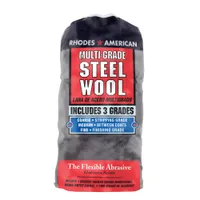Experts urge homeowners to sprinkle mint in their yards this summer — here's why
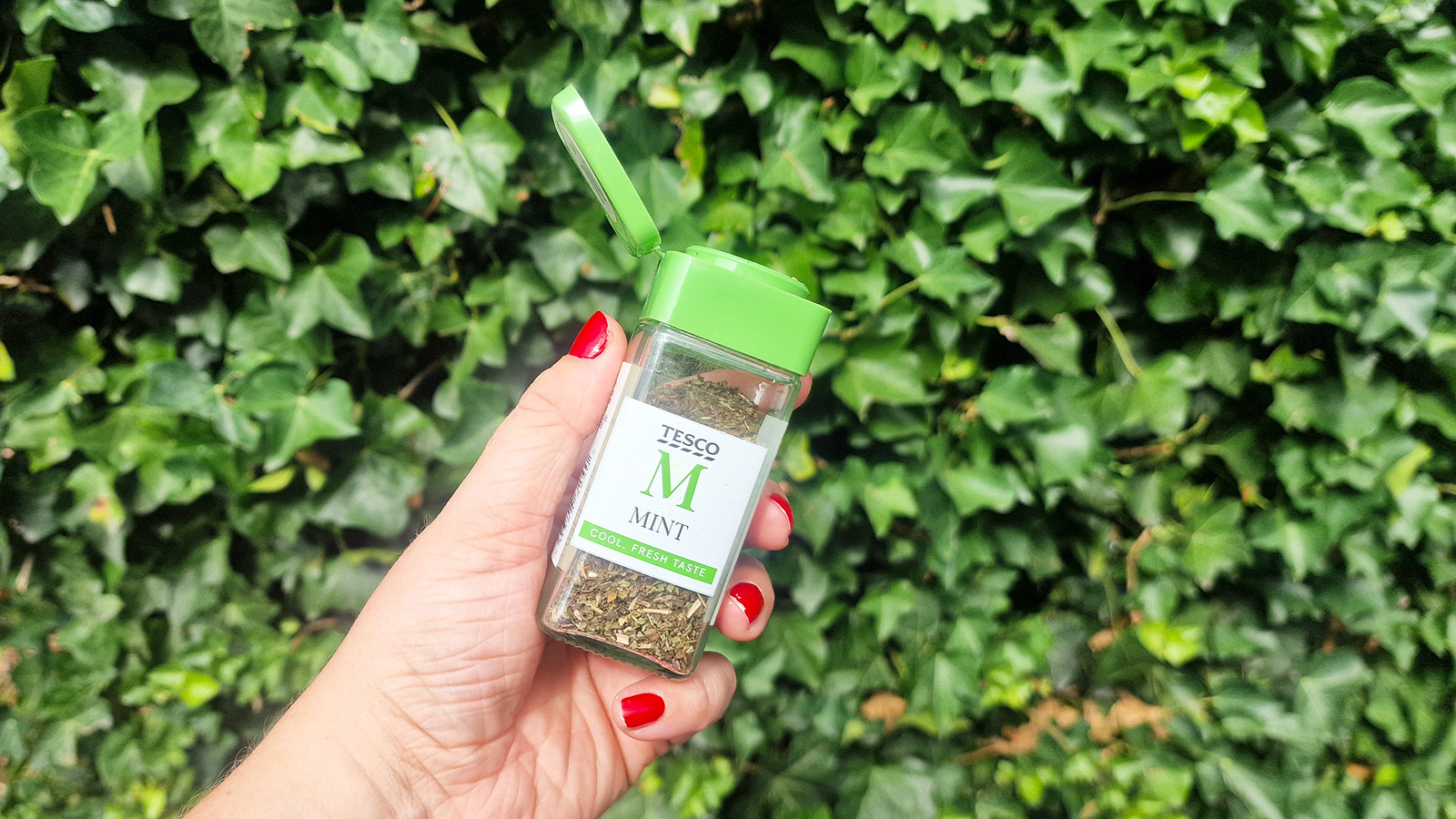
It’s always unnerving when faced with a pest problem, especially when you’ve spotted the telltale signs you have mice around your home.
Not only can mice be a nuisance, causing damage to your property by chewing away at woodwork or pipes, but such pests can quickly multiply.
That’s why it’s so important to learn how to get rid of mice, and prevent them from coming back.
But if you don’t want an infestation on your hands, experts recommend this simple, non-toxic hack that could keep rodents out of your yard.
What’s more, you could easily find this in your kitchen cupboards, and it’s far cheaper than expensive pest control call-outs.
Sprinkle dried mint
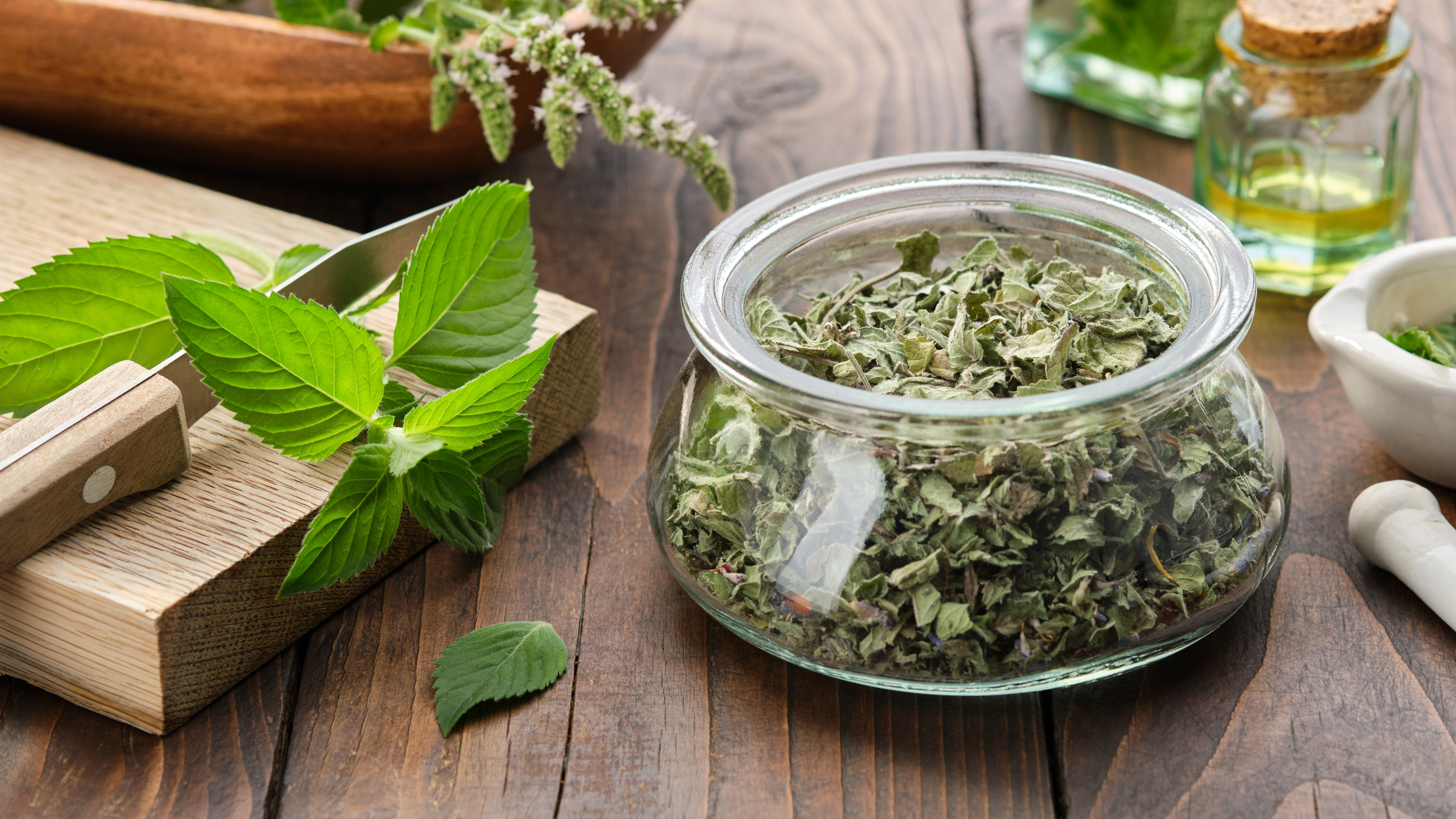
Mint is a refreshing addition to many tasty dishes, teas or even cocktails. But while we enjoy the menthol aroma, mice, on the other hand, find the smell overwhelming.
According to pest experts, sprinkling dried mint around your yard is a natural repellent — and could prevent mice from coming near your home.
Get instant access to breaking news, the hottest reviews, great deals and helpful tips.
“Sprinkling your garden with mint can work as a mild to low deterrent for most rodents because it overwhelms your sensitive noses,” states Ed Dolshun is the VP of Business Development and Technical Director from Catchmaster.
“Rodents rely heavily on scent, mostly to find food sources. It is important to note though, that this may work best with dried peppermint as opposed to spearmint because there are higher levels of menthol properties in the dried peppermint.”
How to use dried mint in your yard
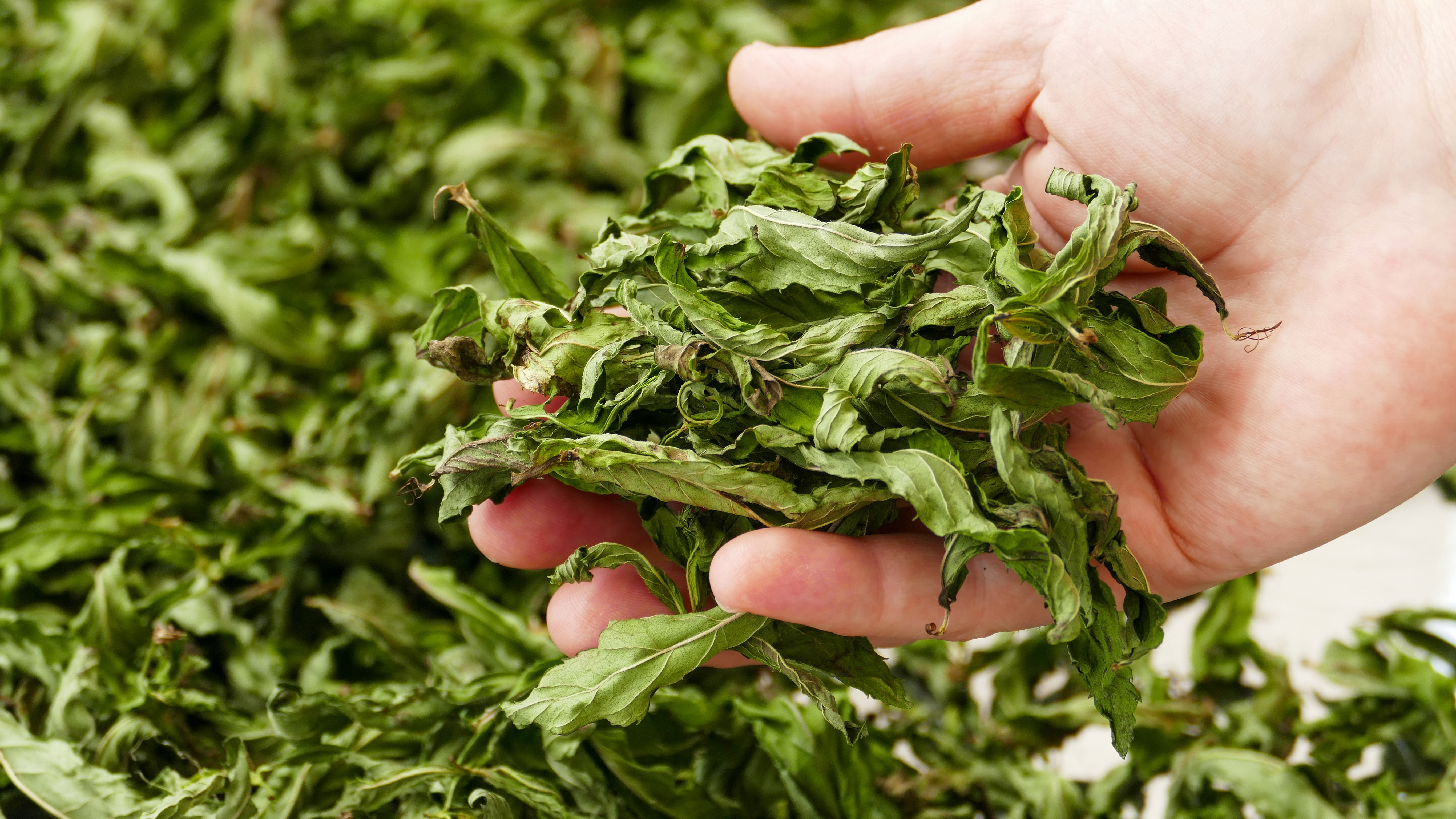
So how do you put mint to good use in your yard?
“To apply dried mint, simply scatter it around the perimeter of garden beds, near entry points, or anywhere you’ve noticed rodent activity,” advises Sara Rubens, certified garden coach and founder of SeedtoSanctuary.com.
“You can also tuck it into small mesh sachets or cheesecloth bags and place them in garden corners, raised beds, or even near compost bins. For best results, refresh the dried mint regularly—especially after rain or heavy watering, since moisture can reduce its effectiveness.”
Interestingly, mint is not the only natural, cooking ingredient that repels mice or other pests. “A top tip when using mint for pest control is to pair it with other deterrents, like garlic spray or crushed red pepper flakes, for a more comprehensive, multi-sensory barrier,” adds Rubens.
Also, if you're growing mint, keep it in containers—mint spreads aggressively and can take over your garden if planted directly in the soil."
Top tips to prevent mice in your home
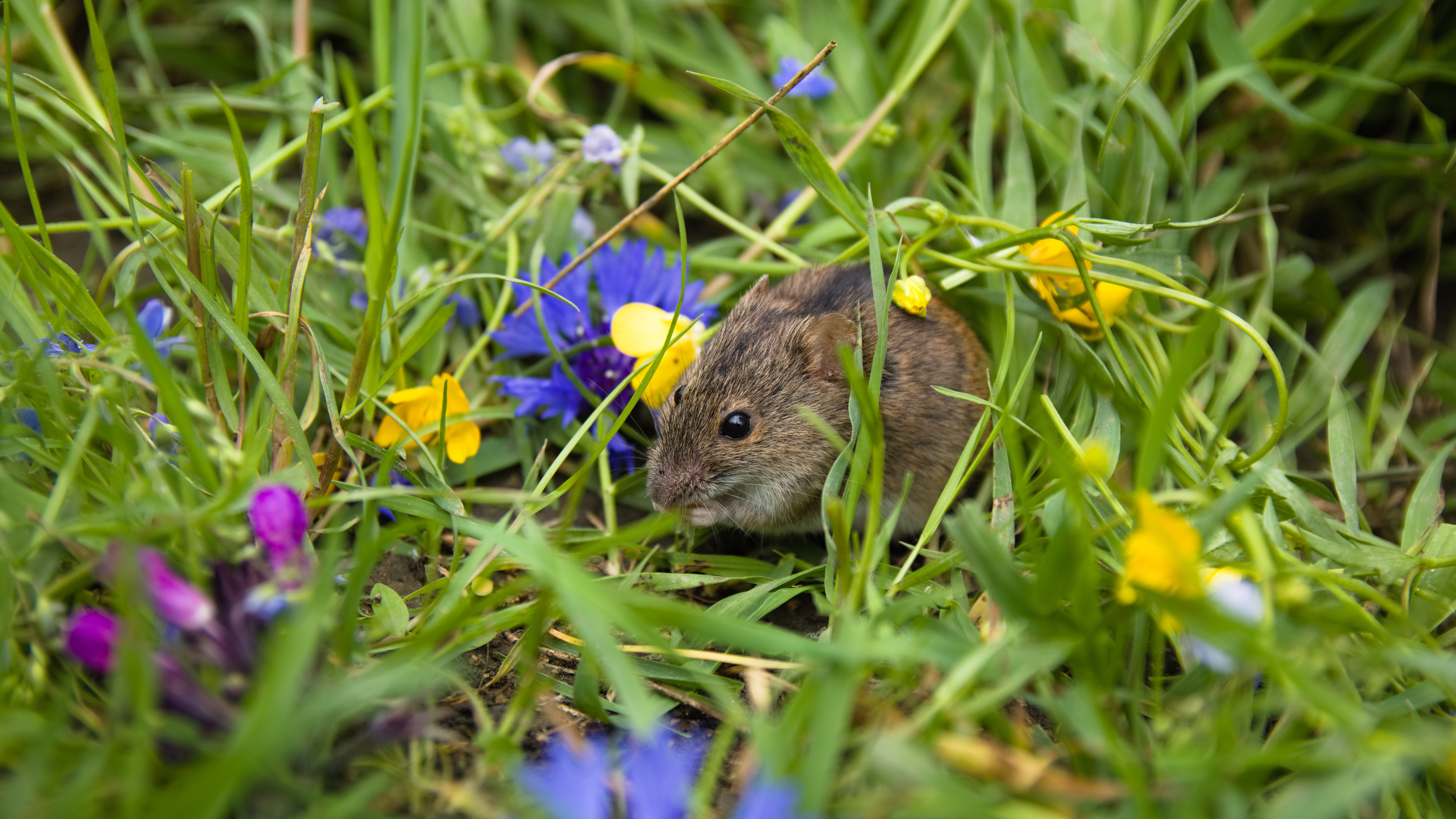
Of course, mint is not mighty enough to banish rodents forever, and you’ll need to put preventative measures in place by eliminating the things that attract rats and mice to your home.
Firstly, go around your home and yard to inspect for any holes, small gaps and other entry points that mice could dwell or enter.
Mice can fit through spaces as small as ¼ inch, so it’s important to check around the perimeter of your home
Also, remove any food sources or feeding spots near your home, such as pet food and water bowls. Keep your outdoor spaces clean and tidy, and be sure to clear piles of lumber in your yard.
Additionally, steel wool makes a simple yet effective barrier to seal any potential entry points for unwanted pests. This can be bought for as little as $1 in your local homeware store or you can buy in bulk online.
This assorted grade steel wool can be put to use for many things around the home. And if you want to prevent a rodent infestation, this is ideal for blocking entry points.
“I would also like to add that mint alone will not stop a truly determined rodent, " agrees Dolshun. “If you are dealing with a heavy rodent problem, this would not be my first suggestion.
“My top tip would be to first take on behavior based control. Make sure that you have gotten rid of any non-organic food sources that might be attracting rodents.
Debris and clutter that could provide shelter and nesting sites for rodents should be removed. At this point is when you can assess if using mint would be a viable option, or if you may need to go the route of placing blue boards or bait traps around the garden area.”
Just be sure not to make these common mistakes when getting rid of mice.
More from Tom's Guide
- Banish mosquitoes from your home with one natural ingredient
- And 5 ways to tell the difference between mice or rats in your home
- Plus, 7 places mice hide and what to look for

As the Homes Content Editor, Cynthia Lawrence covers all things homes, interior decorating, and garden-related. She has a wealth of editorial experience testing the latest, ‘must-have’ home appliances, writing buying guides and the handy ‘how to’ features.
Her work has been published in various titles including, T3, Top Ten Reviews, Ideal Home, Real Homes, Livingetc. and House Beautiful, amongst many.
With a rather unhealthy obsession for all things homes and interiors, she also has an interior design blog for style inspiration and savvy storage solutions (get rid of that clutter!). When she’s not testing cool products, she’ll be searching online for more decor ideas to spruce up her family home or looking for a great bargain!
You must confirm your public display name before commenting
Please logout and then login again, you will then be prompted to enter your display name.
